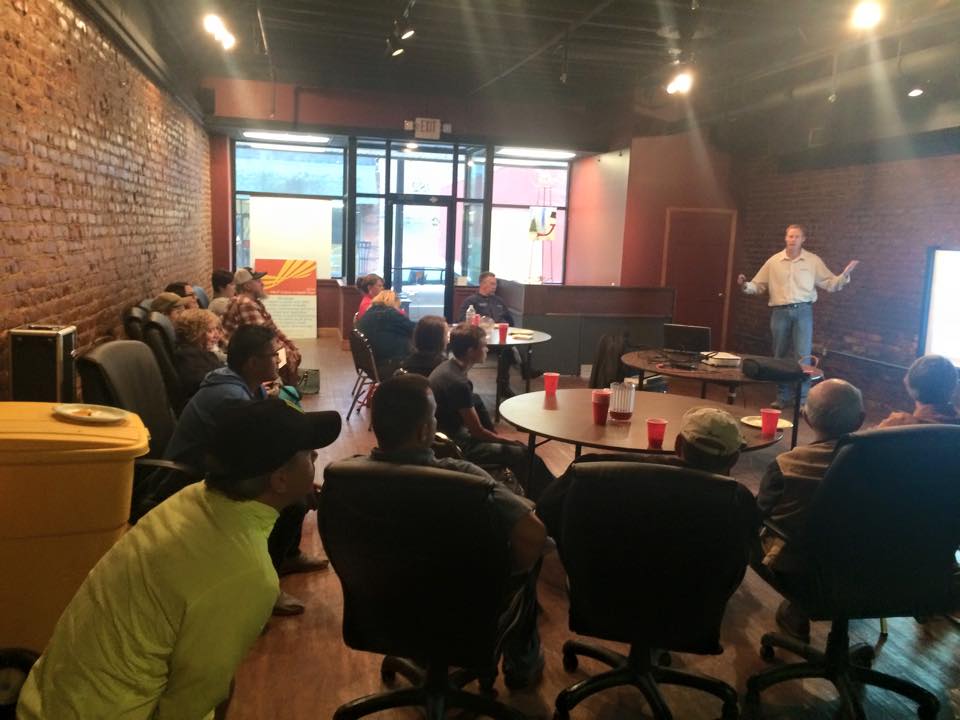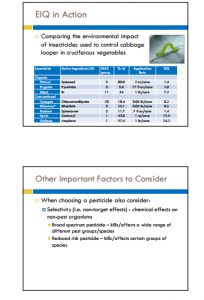Happy Good Friday Ya’ll! Maria here, checking in from a very gloomy Williamson, WV.
Last Thursday we hosted our pesticide workshop for our growers and farmers. And let me tell you, I have never seen people get more excited about learning how to control plant pests. For a very scientific presentation, I couldn’t believe the number of audience questions! This was the best turnout we have had for this type of workshop yet, and the crowd participation was amazing.
Dr. Daniel Frank from WVU led the workshop, after traveling all the way from Morgantown, WV. During the lesson, he spoke in great detail about both organic and conventional pesticides. He did a great job about listing the benefits and issues of both. While most of our gardeners were pretty familiar with organic pesticides at this point, I don’t think many of them really understand why they were using them over conventional options.
I screenshotted some of the slides from the presentation to share with you below. These were some of the takeaways that I found most useful.
1. Signal Words: I had always seen the words Danger, Warning and Caution on labels but had never taken into consideration what each of them meant. Now that I think about it, it does make sense though: Danger indicating the highest toxicity, warning is moderately toxic and caution meaning slightly toxic.
2. Environmental Impact of Pesticides. Dr. Frank shared a site that you can use to gauge the environmental impact of pesticides. Based on the application rate, active ingredient, etc. the impact can vary greatly. http://www.nysipm.cornell.edu/EIQCalc/input.php
3. Things to Consider: The EIQ Varies can depend on some of the following factors:
And finally, he spoke specifically about IPM and what organic pesticides to use and for what pests. Overall it was a very valuable workshop!






Leave A Comment